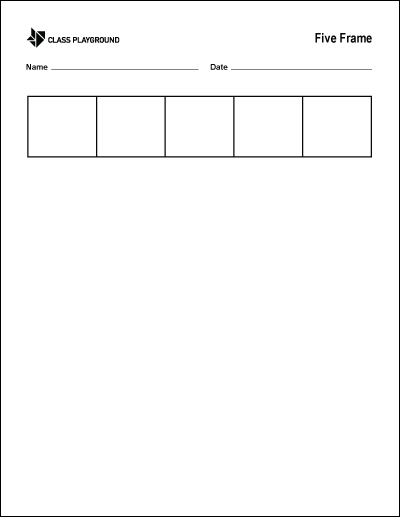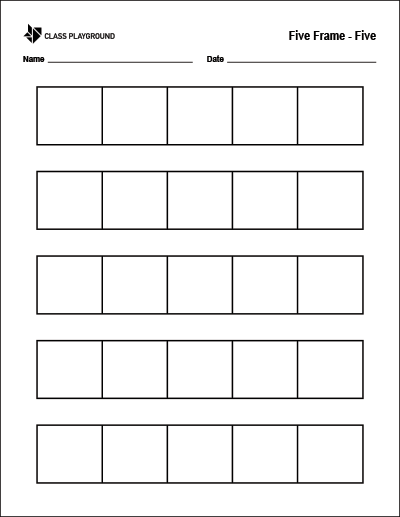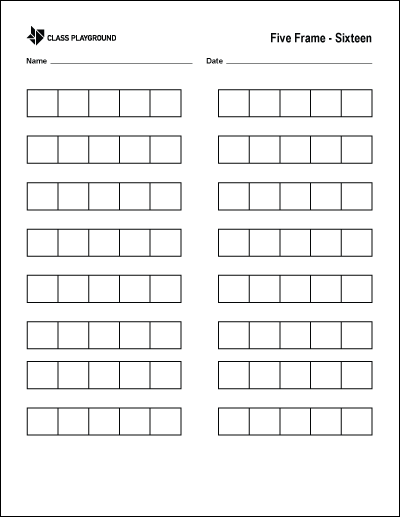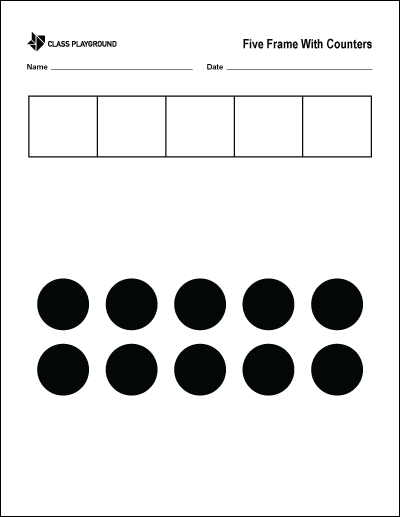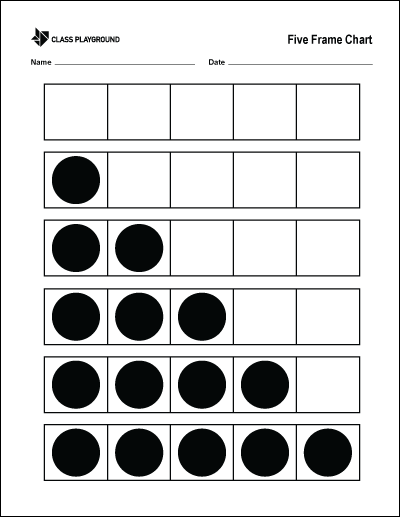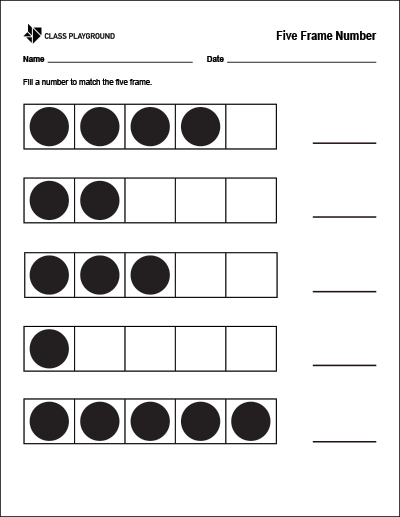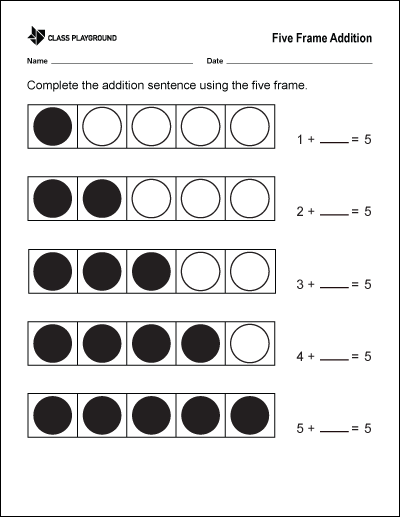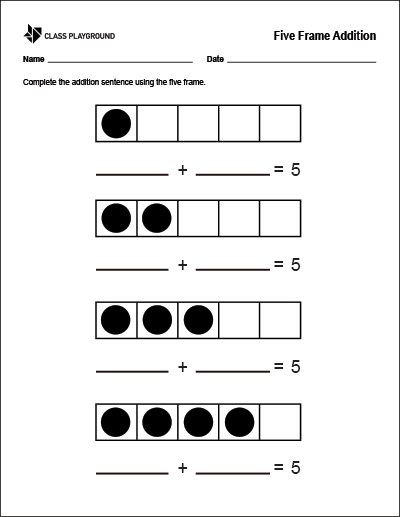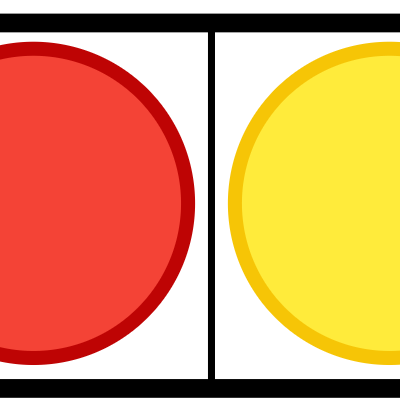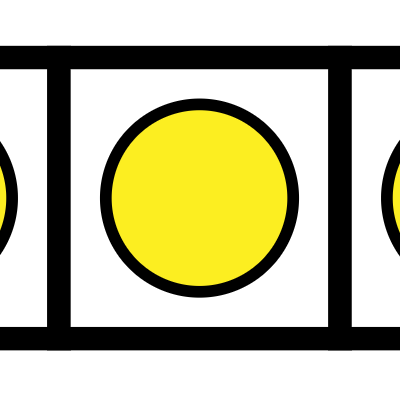What are Five Frames?
Five frames are simple, yet powerful mathematical tools designed to help young learners understand and work with numbers up to five. A five frame is a rectangular grid that is divided into five equal sections or ‘frames’. Each frame can be filled with a counter or left empty, allowing students to visually represent numbers from zero to five.
Five frames are a smaller version of the more common ten-frame tool, and they are particularly useful in early education settings where children are just beginning to learn about numbers. They provide a concrete way for students to visualize numbers and their relationships, making abstract mathematical concepts more tangible and understandable.
Why Use Five Frames in the Classroom?
Using five frames in the classroom offers numerous benefits:
- Fosters Number Sense: Five frames help students develop a strong number sense by providing a visual representation of numbers. They allow students to see numbers as groups rather than individual units, which is critical for understanding larger numbers and operations later on.
- Promotes Subitizing: Subitizing is the ability to instantly recognize the number of objects in a small group without counting. Five frames support subitizing as students learn to recognize patterns and associate them with specific numbers.
- Enhances Mathematical Skills: Working with five frames helps students understand basic mathematical operations like addition and subtraction. They can physically add or remove counters from the frames to solve problems.
- Builds a Foundation for Ten Frames: Five frames serve as a stepping stone to ten frames, which are commonly used in elementary classrooms to teach base-ten number system.
Strategies for Using Five Frames
Implementing five frames effectively in the classroom involves several strategies:
- Modeling: Demonstrate how to use five frames, explaining clearly how each frame represents a single unit and how different numbers can be represented.
- Progressive Difficulty: Start with simple tasks such as representing numbers up to five, and gradually introduce more complex tasks like addition and subtraction problems.
- Interactive Learning: Encourage students to physically manipulate the counters in the frames. This hands-on approach makes learning more engaging and helps students better understand abstract concepts.
- Regular Practice: Incorporate five frames into daily classroom routines to give students plenty of practice. Regular exposure to five frames will help students become comfortable with them and reinforce their learning.
Activities for Using Five Frames
Here are some engaging activities that incorporate five frames into your classroom:
- Number Representation: Give students a number and ask them to represent it on the five frame using counters. This activity helps students understand the concept of quantity and associate numbers with their corresponding quantities.
- Flash Five: Show students a filled five frame for a few seconds and then hide it. Ask students to recall how many counters were on the frame. This game promotes subitizing and improves memory.
- Addition and Subtraction Stories: Create simple story problems that involve adding or removing counters from the five frame. For example, “Three birds are sitting on a wire. Two more birds join them. How many birds are there now?”
- Pattern Recognition: Arrange counters in different patterns on the five frame and ask students to identify the number represented. This activity strengthens number sense and pattern recognition skills.
- Comparing Numbers: Use two five frames to represent different numbers. Ask students to compare the numbers and determine which is greater. This activity introduces students to the concept of comparing quantities.

